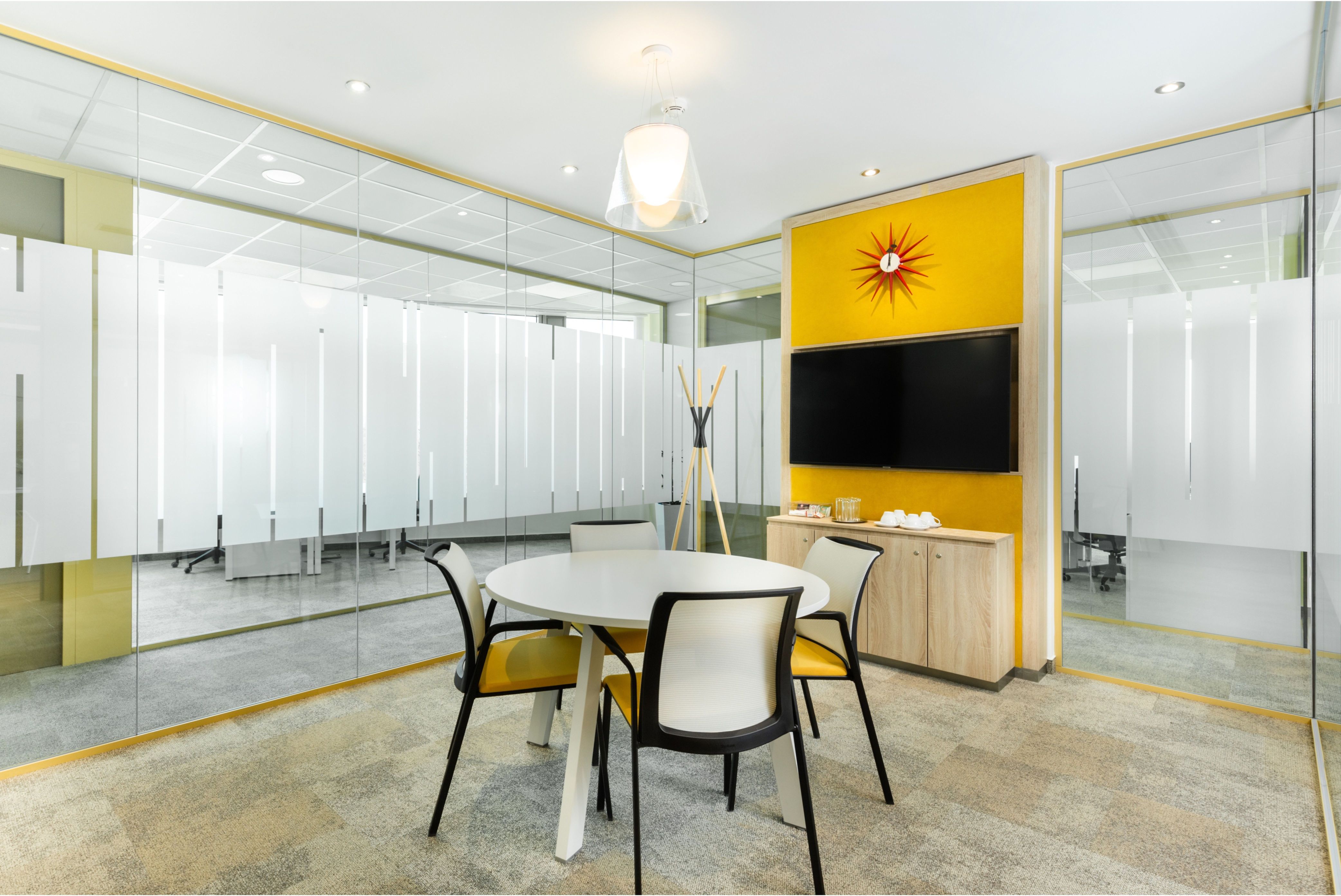Office Market Talk: Flexibility is Key

Nikolett Püschl
As the office market faces the potential of changes demanded by the post-COVID environment, Budapest must also deal with challenges over demand and supply, developing expectations from tenants, and the sourcing of plots in emerging districts of the city. Budapest Business Journal real estate editor Gary Morrell has asked local office market professionals how they see the post-pandemic environment and its impact on demand and potential preleases. Will this encourage the undertaking of new office projects, how are office and remote-based working habits seen in the longer term, and what the role of property management and facility management will be in the new environment? Will the role of sustainability accreditation be enhanced, and what are the potential new business districts?
The office market will recover after the pandemic quite quickly. We have already experienced more activity on the market since the beginning of this year, which we assume will further evolve in the rest of the year and, by 2022, office leasing fundamentals will begin to significantly improve again and achieve pre-pandemic figures.
The volume of preleases has been changing quarter-by-quarter (whether there is a pandemic or not). Just one example: in 2019 in the first quarter (pre-COVID era), the share of preleases was only 4%, but in Q1 2020 (during the COVID crisis) preleases represented 14% of the total take-up. Therefore, we assume that a similar trend is expected in the post-pandemic era, in terms of demand and potential preleases.
There is already a healthy amount of new office supply and I think that the recovered market conditions will further encourage the undertaking of new office projects, but extreme oversupply is not expected.
Tenants appear to be settling their office operations and, with the advent of hybrid office use, they will settle into this form of operation in the longer term. However, it is important to highlight that while most emphasis is placed on communal areas, collaborative spaces and meeting rooms, the proportions of office space will not decrease because a denser seating plan will be considered.
Nikolett Püschl
Leasing and development director
Atenor Hungary
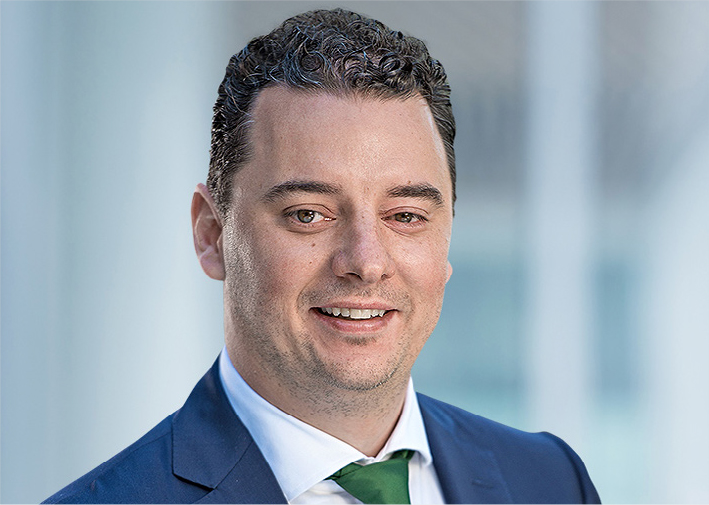
Dr. Mihály Schrancz
I think we should be cautious to identify long-term trends that are completely rearranging our industries regarding previous standards. The partial home office approach will probably stay as a common practice, but the full-time home office is not efficient enough in an emerging economy situation. Personal relationships are important in internal operational processes, personal presence remains an essential element, and it also supports the onboarding of new colleagues, efficiency, and team dynamics.
We have had many conversations, both with our existing tenants in connection with lease renewals and with leading experts in our market; lively discussions continue to be held about home office and the internal restructuring of office space. Overall, we find that corporate executives, HR, and internal communications teams are having a hard time maintaining corporate culture and efficiency during the pandemic, and employees perceived the home office situation in the winter in a completely different and much more negative way.
At Property Market, we create high-quality products and services with all our projects, each with explicit added value. I believe that even if the market fluctuates and the pace of development changes, there will always be demand for these unique products.
At BudaPart, our basic concept, with the 13 office buildings and the hotel, is to become one of the most important business districts of the capital. We are working tirelessly to market BudaPart as seperate from the South Buda sub-market and make it into an independent sub-market in its own right, a new “Buda Business District”, extending to the office buildings in our immediate vicinity.
Dr. Mihály Schrancz
Managing director
Property Market
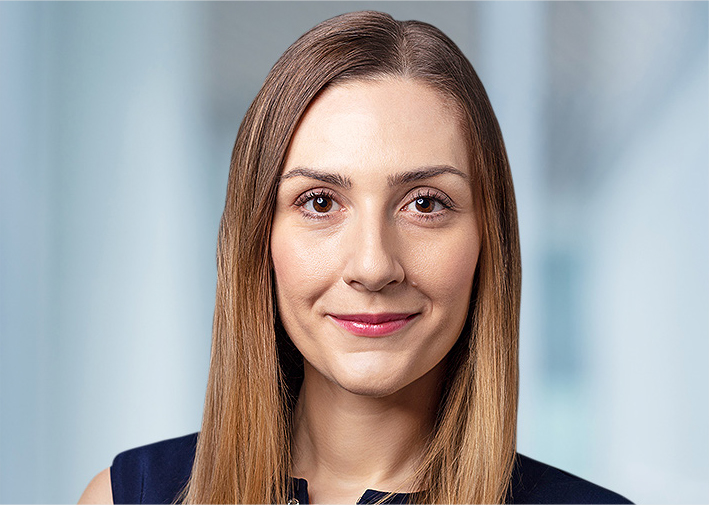
Ibolya Csiernik
The pandemic has caused much uncertainty and we have seen a more cautious attitude from both the tenant and developer side, but that does not mean that developments have stopped. We launched the construction of HomeWork in Central Buda last April and have received the building permit for our next Váci út project, Modiano. Tenants are currently evaluating their office needs, but in the long run, flexibility will be the key, rather than offering a permanent home office.
COVID-19 has solidified some ongoing trends like digitalization, introducing flexibility to the workplace, and the shift towards environmental and social consideration. These factors will influence which building tenants will choose and influence the decision of future investors.
Ibolya Csiernik
Leasing and marketing manager
Codic Hungary

Csaba Zeley
In the light of the COVID pandemic, tenants will re-evaluate their office needs and calibrate their requirements accordingly. There will be more emphasis on flexibility and certain technical features, such as fresh air ventilation.
The pandemic will definitely have an impact on the undertaking of office development projects, as the value of high-quality projects at good locations will increase, while some challenging projects at more inferior locations might have to be delayed. This will result in a healthy market.
Regarding working habits, some positions may remain at the home office and some are likely to return to the office. Flexibility is key, as not even the tenants themselves can now be sure as to what type of working habits would benefit their efficiency.
We should keep in mind that the office is still the primary scene of work. Although some jobs may be done from home and new functions may arise, offices will remain fundamental. Many employers expect their employees back once the virus threat is over, for the sake of better productivity.
Csaba Zeley
Managing Director
ConvergenCE

Mátyás Gereben
I am positive that office demand will be there and the volume will not differ significantly from pre-COVID numbers. The difference will be in the use of acquired space and increased flexibility requirements in lease conditions from the tenant side.
The tendency of new office developments will slow as only a very limited group of developers will start construction speculatively, i.e. without preleases; nevertheless, it will not affect the increase of new stock in the end.
I see the office and non-office working habits changing. More home office days for employees and more social areas within a tenancy for less open space. The past year has proved that companies can maintain their operations with home office solutions, but for innovation and growth, personal collaboration is needed as a much more effective way to encourage new ideas.
The office environment has to encourage this collaboration and also keep in mind safety measures.
On the property management and facility management side, more personalized service of tenants is key. Landlords, property/facility managers, and tenants have to establish a community of common interests to reach important goals such as sustainability, well-being, and flexibility.
Mátyás Gereben
Country manager
CPI Hungary
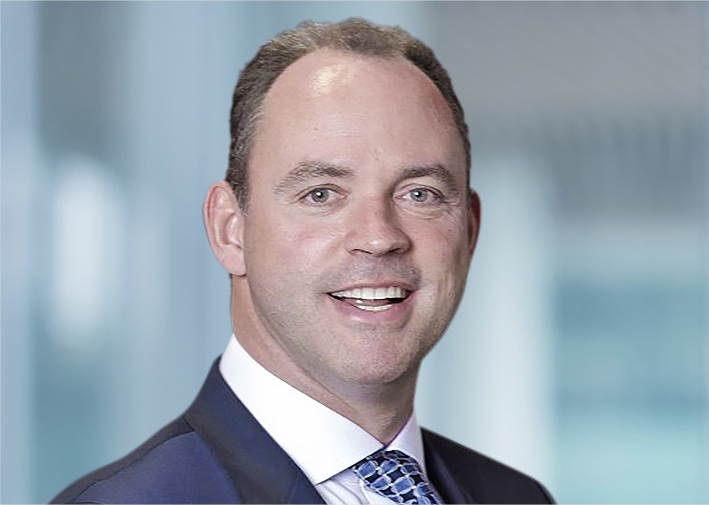
Valter Kalaus
Many new office projects have been prepared to a certain extent. Some of them will turn into real projects and some will not. Developers will be more careful and it is anticipated that very few pure speculative projects will be started. At least a 30-40% prelease will be required to get started with a new office building project. But developers are eager to build, so I would not be surprised to see some exceptions.
We have already overcome the first hurdle; the market has clarified that offices are needed, they will not go away completely. In the post-pandemic world, companies will need to adapt to the new norm, to have a more balanced split between working from home and working from the office. On-site working will prevail, but the home office will be a more substantial part of our life than before COVID.
The office environment remains the primary place to work; however, it will have to adapt to the new norms. The internal configuration of offices will have to adapt as well, as people will use the office for partly different purposes than before. But first, employers will have to gain the full confidence of their people and convince them that the office is a safe place to work.
Valter Kalaus
Managing partner
Cresa Hungary
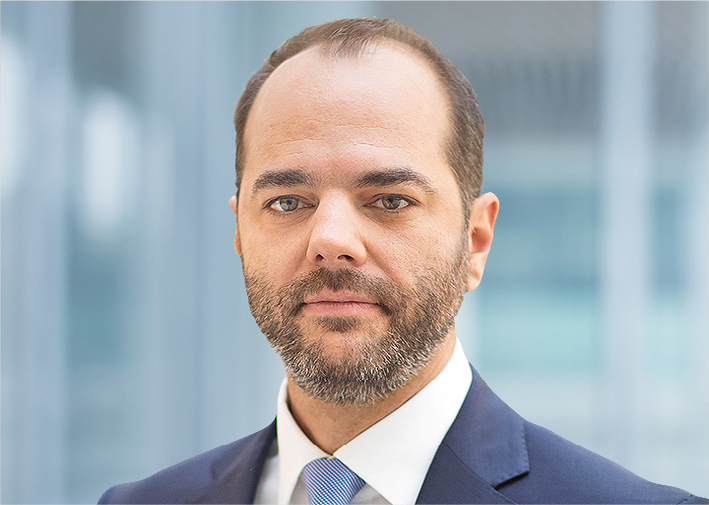
Tibor Massányi
The pandemic has forced almost every office market player in Hungary and the world to adapt to the home office, whether it was part of their work culture or not. Now, as business leaders are actively considering how to call colleagues back to the office, these home office experiences have important implications, and this forced work culture of the past year is likely to have a significant impact on shaping the office of the future.
As a consequence of the pandemic, we now experience an increased sensitivity towards employees, employee retention, and the work-related needs of young employees, all part of a new approach that will define the office of the future, placing greater emphasis on employee health and a healthy work environment. The financial implications of the office rent and size, combined with the terrible lessons of the past one plus year cannot go unnoticed, either. In my opinion, we are part of an exciting, almost revolutionary moment for office design, where company executives, together with office design professionals, architects, and workplace consultants can jointly define the office of the future.
Sustainability, environmental awareness, and wellbeing have become increasingly important in recent years in office developments. We are no longer just talking about a marketing gimmick or corporate expectation, but more and more about a conscious belief that shapes the office.
Tibor Massányi
Managing Partner
DVM group
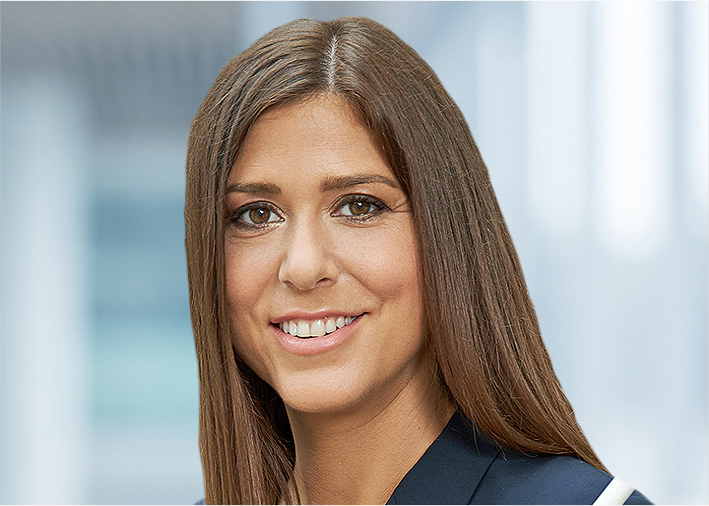
Kata Mazsaroff
In the following one to two years we expect occupiers to rationalize their office footprint while construction activity remains, resulting in a decrease in take-up. We anticipate the vacancy rate to further increase from 9%. Despite the occupier activity slowdown, we believe that the desire for people to reconnect will be driving the recovery of the office market. This is an opportunity for occupiers to sign preleases to increase productivity in an office building that enhances human experience value.
Occupiers are focusing on establishing a flexible hybrid solution between working from the office and working remotely. Longer-term, we expect the “work anywhere” culture to remain, however the need to connect and collaborate will be the main reason why people chose to come to the office. Face-to-face interaction is a significant element in a company’s culture that offers a competitive advantage in the war for talent. Adopting the right balance will be essential.
Work and place have been extended and we are redefining the office environment as the best platform to bring people together to collaborate, build relationships, and connect with the company’s business and mission. In workspace design, we expect that maximizing density will be less important. We predict a ratio flip between designated individual desks and collaboration work settings with the office becoming more of a collaboration hub that places employee experience first.
Kata Mazsaroff
Leasing Director
Horizon Development
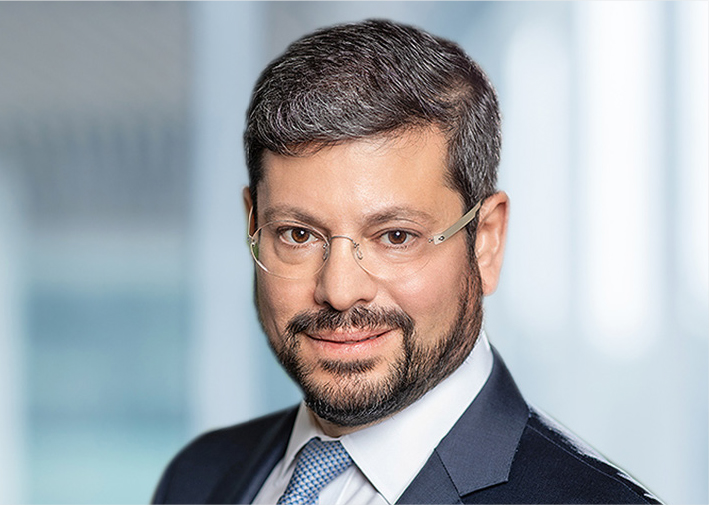
Noah Steinberg
In terms of the future, I have no doubts that offices will remain vital after the pandemic ends. Offices will remain important especially for collaboration, exchanging ideas, and client meetings. Although new technologies and video conferences are very useful when you work from home, I would expect that many employees will be eager to return to the office.
Office premises will probably evolve towards an activity-based working model with a focus on bespoke solutions. More office buildings will provide safety measures aiming to protect workers, including more frequent cleaning and disinfection or temperature screening, etc. We took safety measures very seriously into account in the development of the new headquarters for evosoft-Siemens and the Gizella Loft office building. Our new flagship office project, the Liberty Office Building, complies with the new requirements. Besides a unique facade design and creative interiors, the building is equipped with safety features such as disinfection points, disinfected indoor air, and touchless doors to make sure our tenants will feel safe and entirely comfortable.
Being green and sustainable has become a big priority not only for developers but also for tenants and investors. At Wing, we have been very much committed to creating sustainable buildings for more than 10 years.
Noah Steinberg
Chairman and CEO of Wing
Chairman of the Supervisory Board of Echo Investment
This article was first published in the Budapest Business Journal print issue of May 7, 2021.
SUPPORT THE BUDAPEST BUSINESS JOURNAL
Producing journalism that is worthy of the name is a costly business. For 27 years, the publishers, editors and reporters of the Budapest Business Journal have striven to bring you business news that works, information that you can trust, that is factual, accurate and presented without fear or favor.
Newspaper organizations across the globe have struggled to find a business model that allows them to continue to excel, without compromising their ability to perform. Most recently, some have experimented with the idea of involving their most important stakeholders, their readers.
We would like to offer that same opportunity to our readers. We would like to invite you to help us deliver the quality business journalism you require. Hit our Support the BBJ button and you can choose the how much and how often you send us your contributions.





